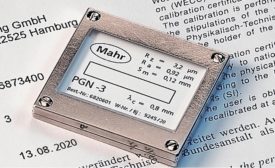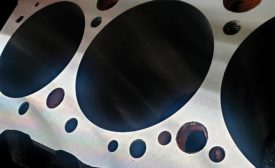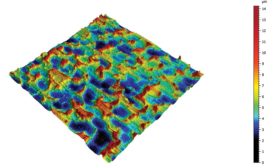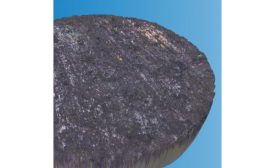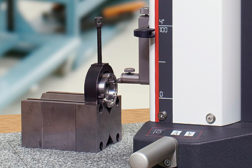Home » Keywords: » surface metrology
Items Tagged with 'surface metrology'
ARTICLES
From the Editor | Darryl Seland
Choosing your words and everything else, wisely.
Read More
How to Successfully Establish a Correlation between Contact and Optical Surface Measurements
Contact stylus and noncontact optical can show excellent correlation.
December 3, 2020
Hidden Waviness: When Measuring Roughness Cannot Solve Quality Challenges
Roughness and waviness are dictated by each particular application.
June 1, 2020
How to Make the Right Choice between 2D vs. 3D in Surface Metrology
With the advent of new processes and materials, surfaces have an increasingly technical function.
August 1, 2019
Fully Characterizing Brake Pad Materials to Improve Performance and Lower Development Costs
Combining benchtop mechanical testing of smaller brake material samples with rapid 3D surface metrology makes it possible to analyze results more quickly than ever before.
September 1, 2018
INDUSTRY HEADLINE
Michigan Metrology Announces Short Course to Further the Understanding of Surface Texture and Tribology
July 2, 2018
Quality 101
Measure Your Needs for the Proper Height Gage
Selecting the right gage for the right job.
October 30, 2013
Stay in the know with Quality’s comprehensive coverage of
the manufacturing and metrology industries.
eNewsletter | Website | eMagazine
JOIN TODAY!Copyright ©2025. All Rights Reserved BNP Media.
Design, CMS, Hosting & Web Development :: ePublishing


